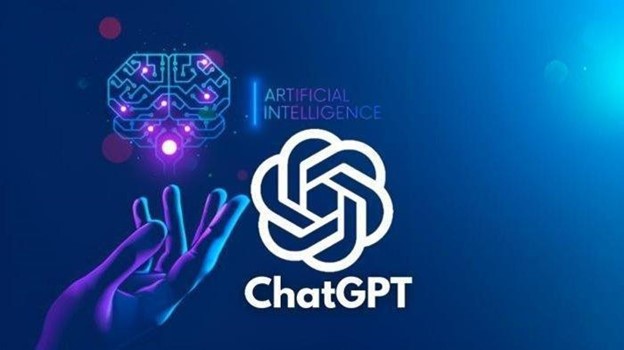THE USE OF CHATGPT IN ACADEMIC WRITING: HELP OR PLUNGE?
Yella Dezas Perdani

Generative Pre-trained Transformer, also known as Chat GPT, is a type of artificial intelligence (AI) that analyzes language and aids in automatically generating responses. An artificial intelligence (AI) model called Generative Pre-trained Transformer, or GPT, can produce text that resembles a human’s. Numerous potentials use for this technology exist, such as content creation, language translation, and summarization. ChatGPT is a tool for natural language processing that can generate text with minimal effort. It is open source and available to everyone, making it a cost-effective business solution. However, the application of AI in the field of education, and particularly in the activities involving academic writing, obviously needs to be approached in a more thoughtful manner.
Chat GPT’s ability to generate responses rapidly is one of its primary advantages. Using ChatGPT in academic writing that requires a quick turnaround can be highly advantageous. Users can complete tasks in less time than if it was done manually. It can also produce ideas and content, automate monotonous tasks such as data entry and categorization, and allow your team to focus on more critical tasks.
However, the use of ChatGPT in academic writing has some drawbacks. First, plagiarism is possible, which is unacceptable under any circumstances. While ChatGPT can quickly and accurately generate content on simple topics, it struggles with more complex concepts and issues. Besides, the users must keep in mind that ChatGPT is still learning and cannot produce flawless results. Although this can be advantageous in terms of its ability to learn, it also means that the instrument may not always generate the most accurate or appropriate responses. It is evident that the lack of content reliability could result in errors or misunderstandings, which could negatively affect the user experience, especially in academic writing.
Then, even though ChatGPT is open source and available to everyone, its need for additional resources, such as computing power or storage space, may pose a barrier for users. In addition, it is a constraint on creative expression. ChatGPT is intended to provide responses in accordance with algorithms that have been pre-programmed. While it can provide responses to questions, it is not capable of providing the same level of creativity that a human can. Students’ ability to acquire knowledge to a greater depth may be hindered as a result. Lastly, users eventually develop a dependence on technology. Students who spend an excessive amount of time on ChatGPT run the risk of developing a dependency on technology and losing the ability to think critically or problem-solve independently.
In conclusion, ChatGPT has benefits and drawbacks for its users, especially in academic writing activities. ChatGPT can provide more convenience in daily life and reduce tedious manual language processing work. ChatGPT can also enhance natural language understanding, enabling more precise and pertinent responses to user queries. On the other hand, ChatGPT in academic writing has drawbacks, such as the possibility of plagiarism, lack of creativity, and depending too much on technology. ChatGPT may be limited to delivering solutions with a limited scope to users for academic writing activity that it cannot be a source of reference in academic writing.
Sources:
https://www.pareshmpatel.com/pros-and-cons-of-using-chat-gpt/
Comments :